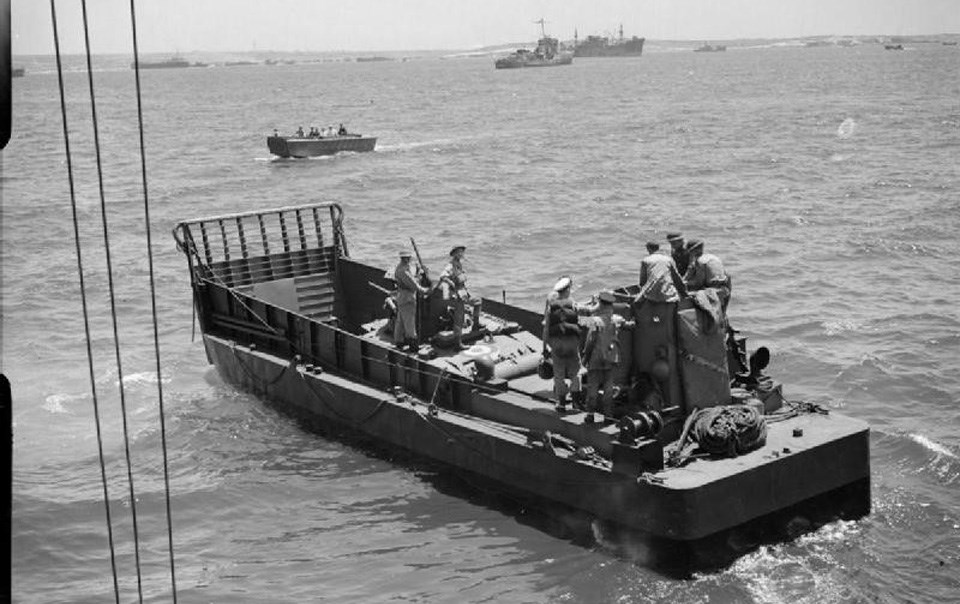MOOSE JAW — The end of war was in sight in early 1945. Redundant military service personnel were sent home.
Many of the men and women who served in the Second World War joined right out of high school. The military was their first job. When war ended, they came home with a bit of money and a need to find a job. For many, the transition to civilian life wasn’t easy.
For those who had jobs before they joined the military, most could go back to those jobs. Working for the CPR, or a bank and other jobs meant going back to the old job upon return.
Clarence Dowse, trainman for the CPR, came back to his old job. His story appeared in the Saturday, April 21, 1945 edition of the Moose Jaw Times Herald under the headline, “Misses the Guys in the Navy but is Glad to be Back.”
Clarence said, “I miss the guys in the navy, they are all good fellows, but I’m glad to be back in Canada and at my old job. The other countries I’ve seen and I’ve seen my share, England, Scotland, Malta, Gibraltar and the North African ports, and even Normandy, are swell places to see, but Canada is still the best place to live.”
The news article goes on to tell Clarence’s story. He was a leading stoker in the Royal Canadian Navy during the war. Before joining the navy, he was a kid working at CPR in Moose Jaw, where he started in April 1941. Clarence also worked occasionally for CPR in Swift Current.
Duty called. He joined the navy on Sept. 1, 1942 and was posted to Regina, Esquimalt, B.C., Toronto, Ont. and Detroit, Mich.
He took a special course in operating diesel engines at Detroit.
After Detroit, he was posted to Norfolk, Va. where he became part of a crew of a LCI (Landing Craft Infantry) that was assigned to the Royal Navy.
The article continues, “From Norfolk they took the LCI to Bermuda and then to Gibraltar, from there to Algiers and other ports on the North Africa coast where they took troops out to sea for amphibious training and landing on beaches. This was in June 1943 and later he was transferred to a shore base at Malta, where he and his mate repaired landing craft.”
In August 1943, he transferred back to the Canadian Navy and was on a smaller LCM (Landing Craft Mechanized). His was one of the first craft to land equipment in Italy.
The article continues: “On D-Day plus four or five, he was leading stoker ‘M’ attached to the Royal Navy (flotilla) landing American troops on the coast of Normandy. None of the craft in which he sailed was ever hit, but ‘they were shot at plenty,’ he said.”
Summary: “Clarence Dowse has just completed his trial trips as a student trainman and is now ready to make his first trip in train service.”
Imagine the excitement – travel – then home to Moose Jaw and his old job.




